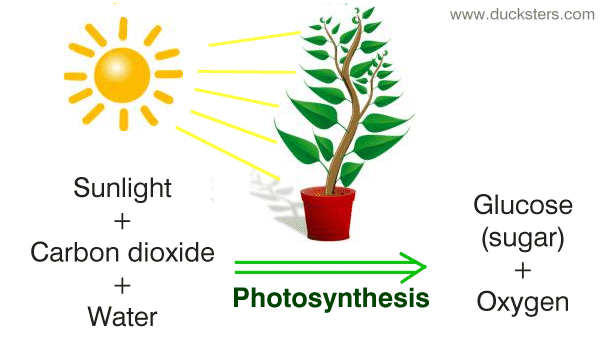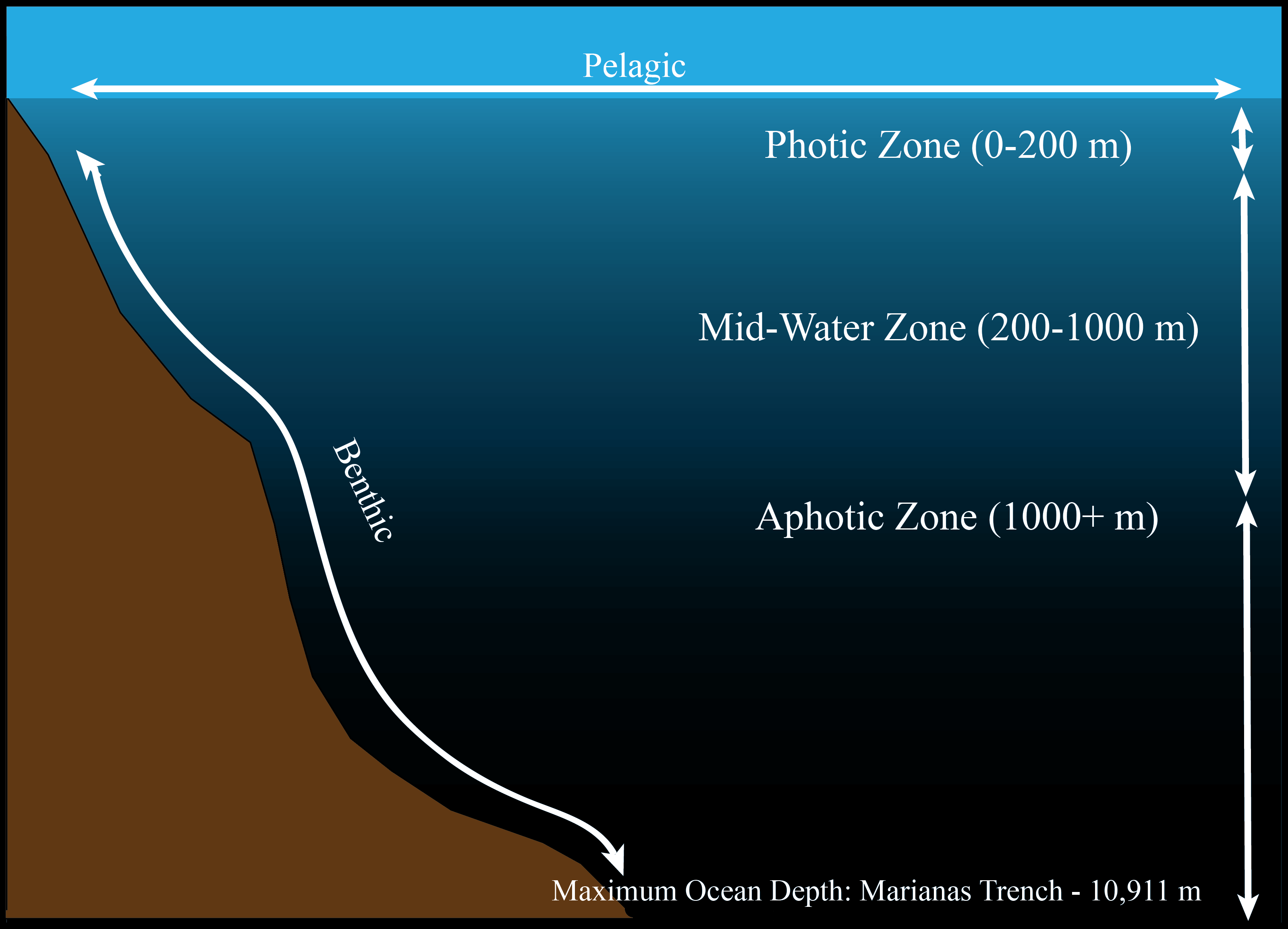Why don't plants in the ocean live in the aphotic zone?
1 Answer
Not enough light, or none at all, to undergo the process of photosynthesis. The cold and high pressure serves as an unfavourable environment for plants.
Explanation:
Majority of the million or so plant species must undergo a process of photosynthesis in order to "create" chemical energy for the plant.

Photosynthesis requires sunlight, and in the aphotic zone, there is little to no sunlight available for photosynthesis. This is key for many plants and serves as the major factor.

However, some plants have adapted to not rely on photosynthesis and develop parasitic behaviours. Incapable of undergoing photosynthesis, the plants "leech the nutrients" off of other organisms.
A common example of these parasitic plants include albino plants - plants with no chlorophyll, thus, they're white.
However, these plants would struggle to survive in the depths of the aphotic zone. With little to no sunlight, as well as up to a kilometre away from the surface, the temperature and pressure becomes too unsuitable organisms to survive. This is a minor factor compared to the lack of light. Only those who've adapted to live in such conditions.
With all that said, plants in today's time period have a low chance to survive in the aphotic zone. Or, they have not been discovered yet.
Until then, these plants would have to adapt to the depths that is if the surface is subjected to major changes.
Hope this helps :)

